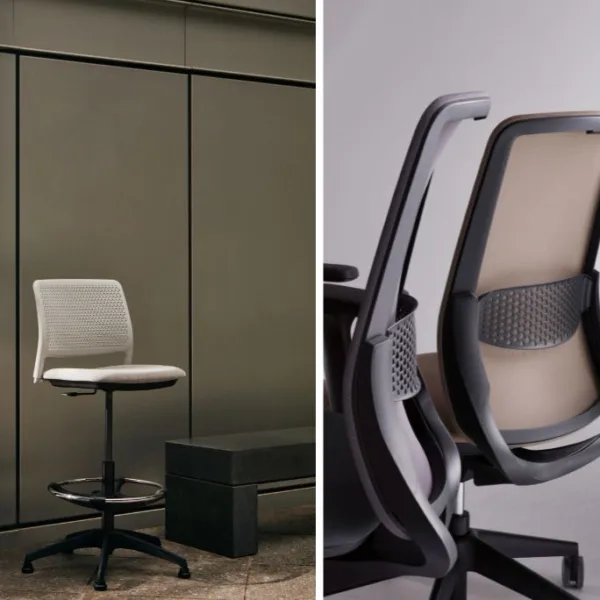
What is the best office chair for sitting long hours in the UK?
What is the best office chair for sitting long hours in the UK? When you’re sitting for long periods of time, comfort is key. But it’s not just about feeling comfy. Good posture is also key. Your offi...
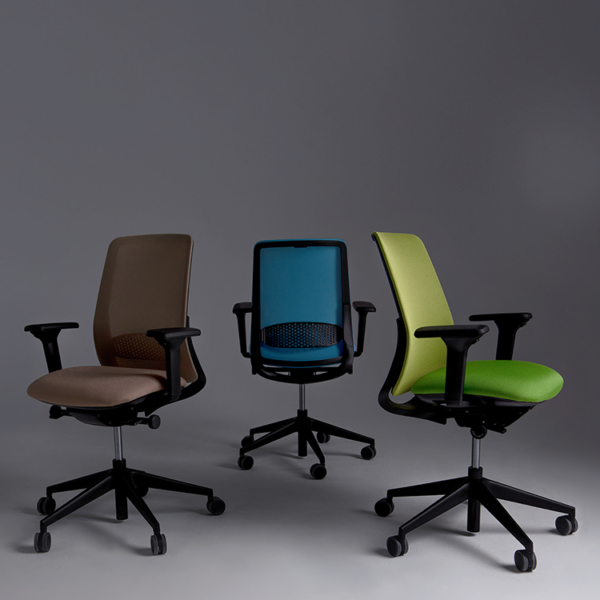
What is the correct posture for sitting at a desk?
What is the correct posture for sitting at a desk? How long have you been in that same seated position? When did you last get up and move around? Research shows that desk-based workers can spend aroun...
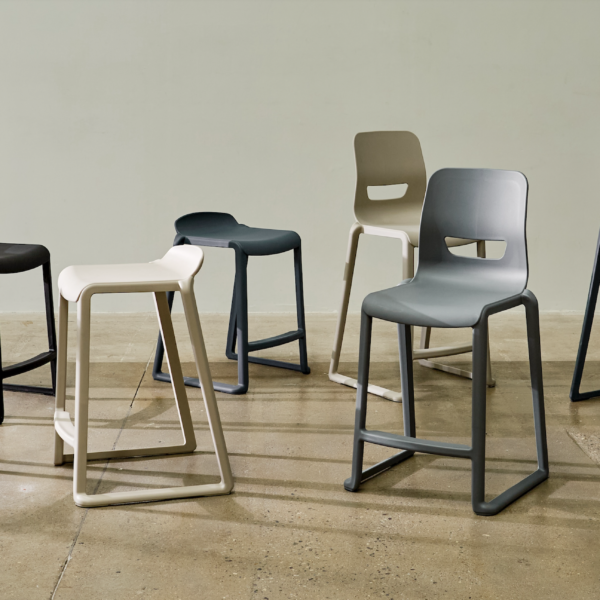
What is contract furniture?
What is contract furniture? Have you heard the term ‘contract furniture’ and wondered what it means? In essence, contract furniture is used in commercial environments rather than domestic. Pieces of f...
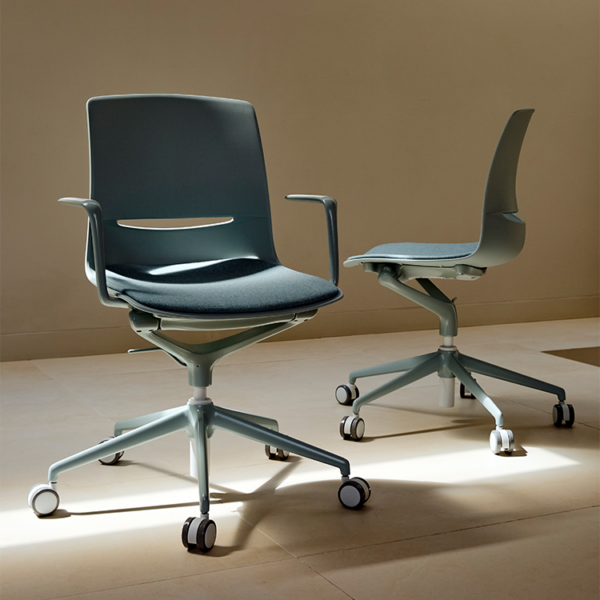
Best Office Chairs for Tall People
Best Office Chairs for Tall People For years, there’s been a ‘one size fits all’ approach to seating. Tall people have had to squeeze themselves into uncomfortable aeroplane seats, school chairs and u...
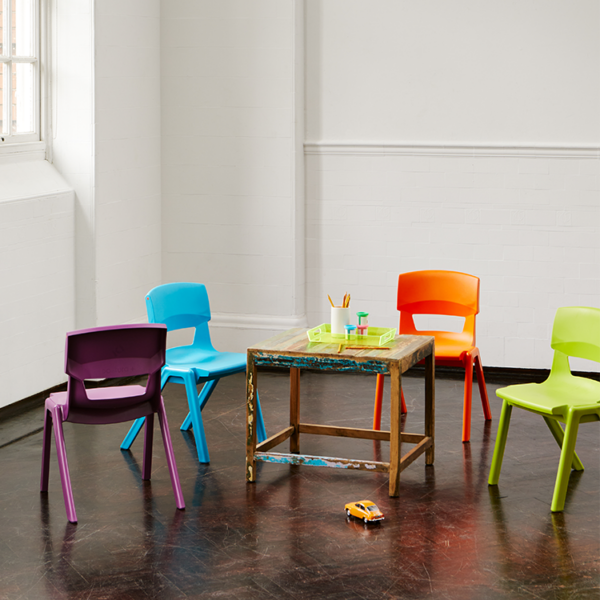
Flexible Seating in Classrooms: Benefits & Ideas
Flexible Seating in Classrooms: Benefits & Ideas Old school, traditional classroom furniture comprised wooden chairs and desks, sometimes bolted together or even to the floor. One size fits all. I...
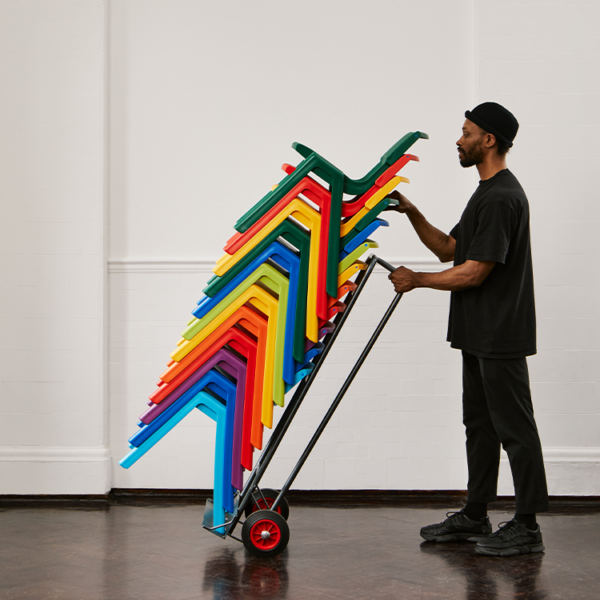
How Can Schools Be More Sustainable?
How Can Schools Be More Sustainable? Is yours an eco school? Would you like it to be? How well is it doing in working towards sustainability goals? It’s an important consideration as so many schools h...
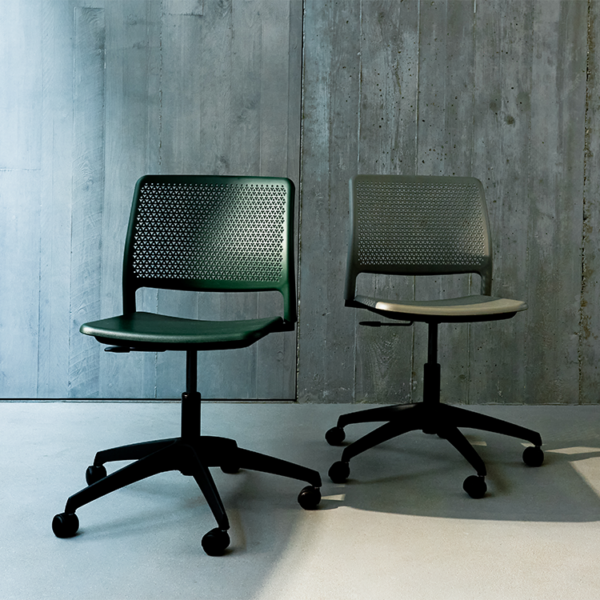
Best Eco-Friendly Office Chairs for Sustainable Workspaces
Best Eco-Friendly Office Chairs for Sustainable Workspaces As a business, we’re committed to being environmentally and socially responsible. Sustainability is a strong part of who we are, and we know ...
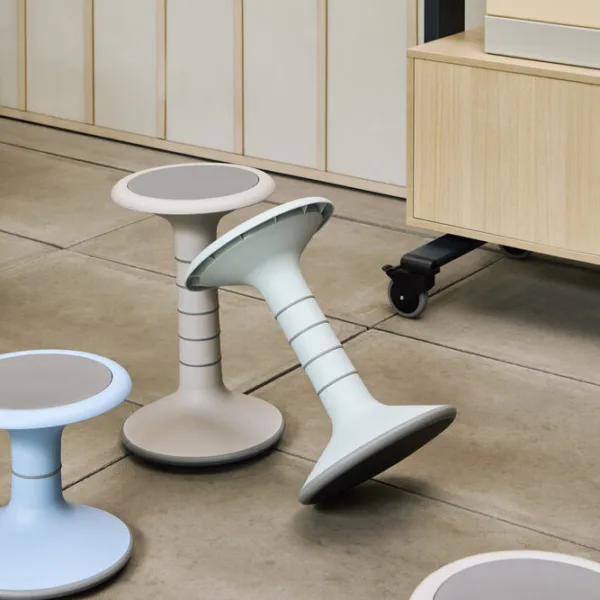
Supporting Neurodiversity in the Classroom
Supporting Neurodiversity in the Classroom Whether you’re neurodivergent or neurotypical, your brain functions differently to the next person’s. The ‘diversity’ aspect of neurodiversity highlights tha...
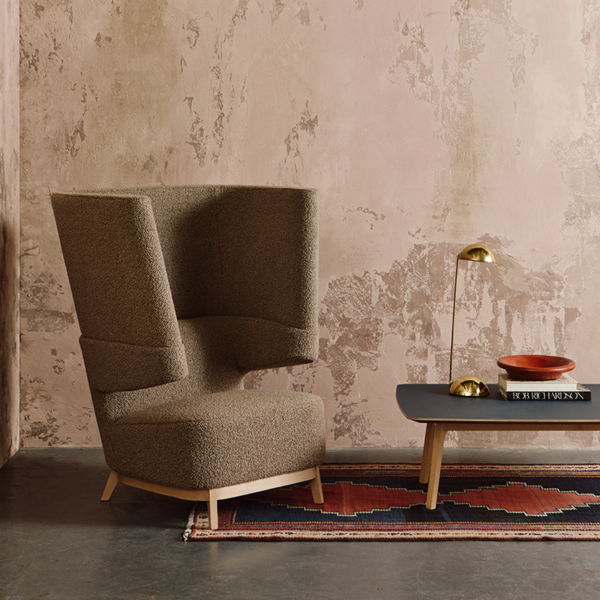
How to support neurodiversity in the workplace
How to support neurodiversity in the workplace Around 15% of the population (or one in seven people) in the UK is neurodivergent. As our awareness of neurodiversity increases, so does our understandin...

How to optimise Year 1 classroom layouts for effective learning
How to optimise Year 1 classroom layouts for effective learning As children progress through primary school, the transition from their familiar Early Years (EYFS) setting up to a new classroom in Year...
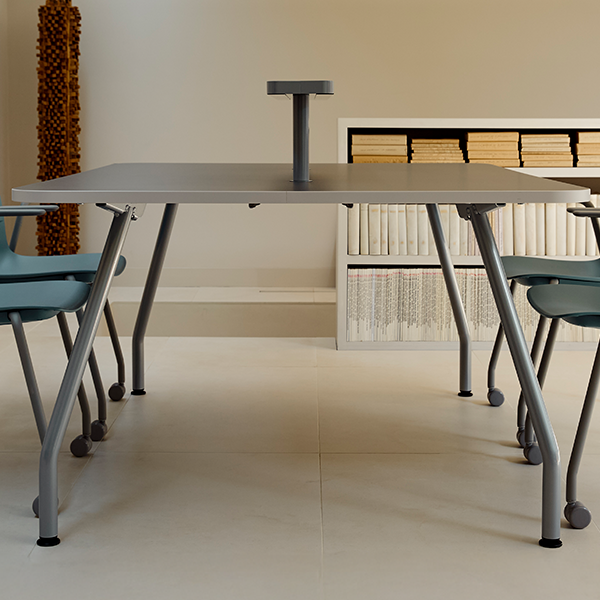
Good Office Chairs to Reduce Back Pain
Good Office Chairs to Reduce Back Pain Hunching, slumping, perching, slouching – it’s easy not to sit in the best posture when you’re working. Even if you start in a good position, you can end u...
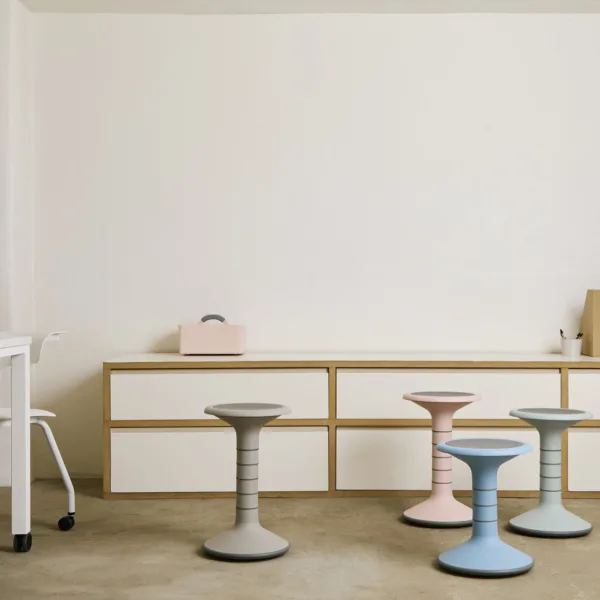
Ergonomic Classroom Design: Creating Healthy Learning Environments
Ergonomic Classroom Design: Creating Healthy Learning Environments When you feel discomfort or pain, it’s hard to think about anything else. That neck ache or sharp back pain can be all-consuming. Tha...
